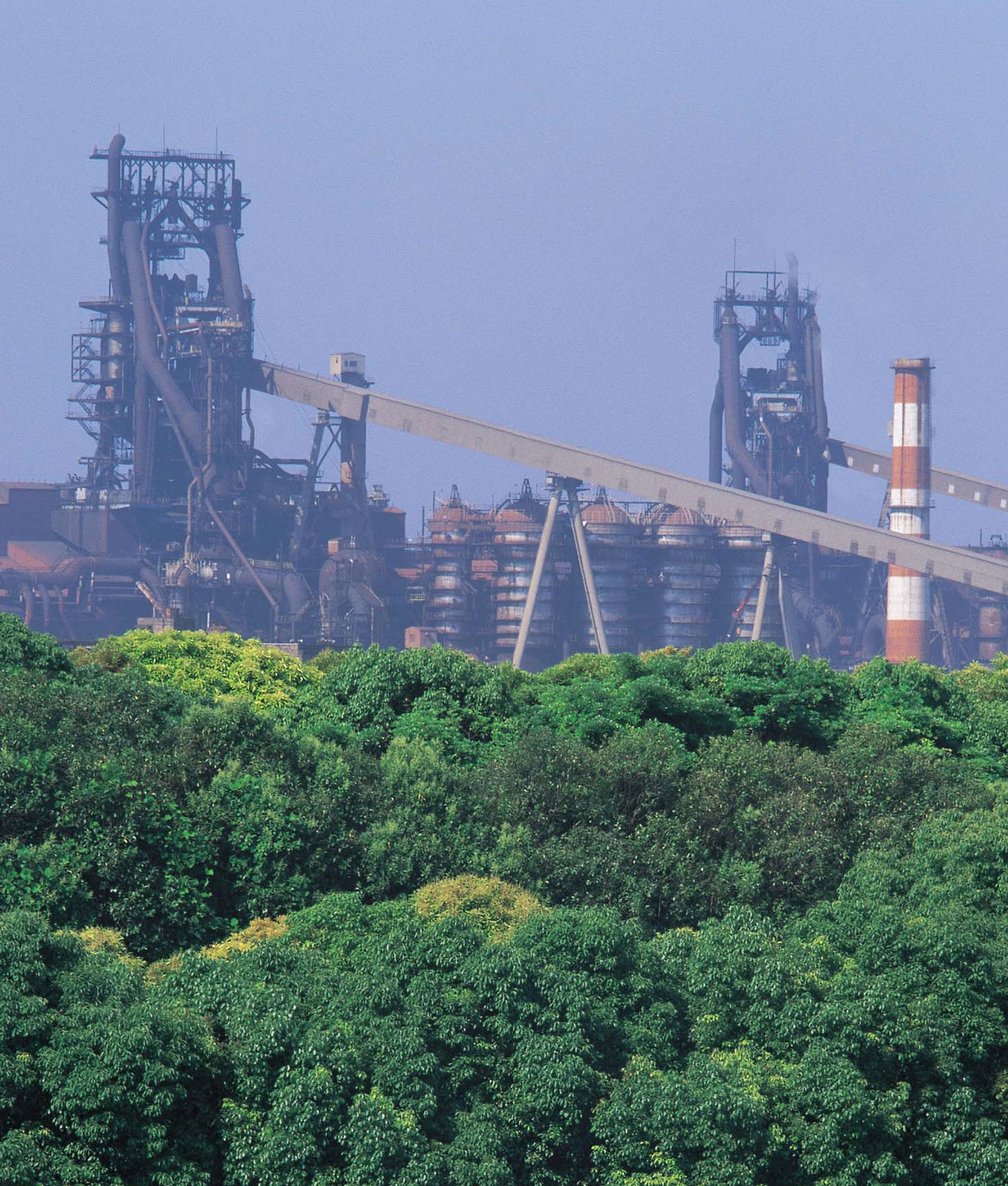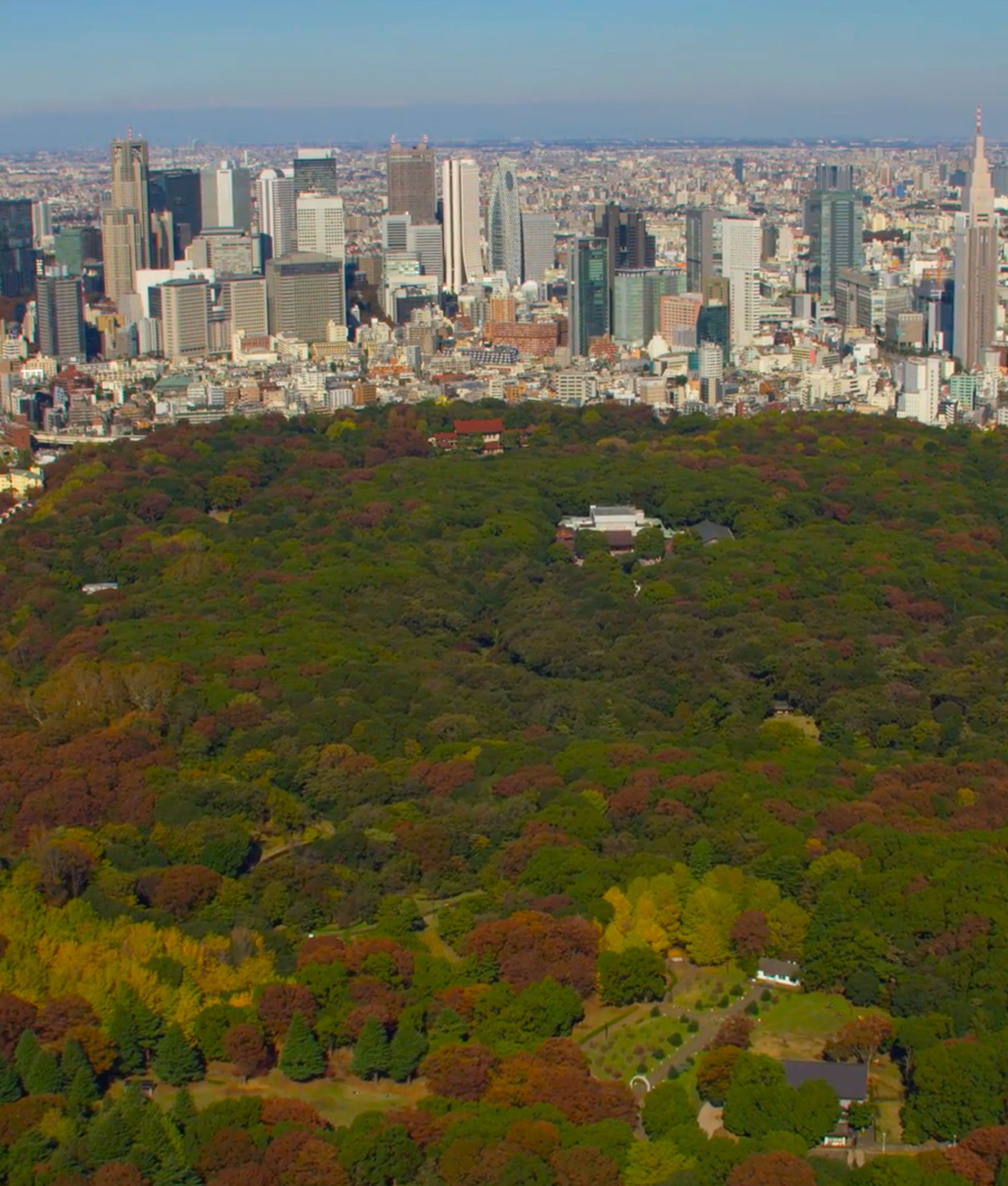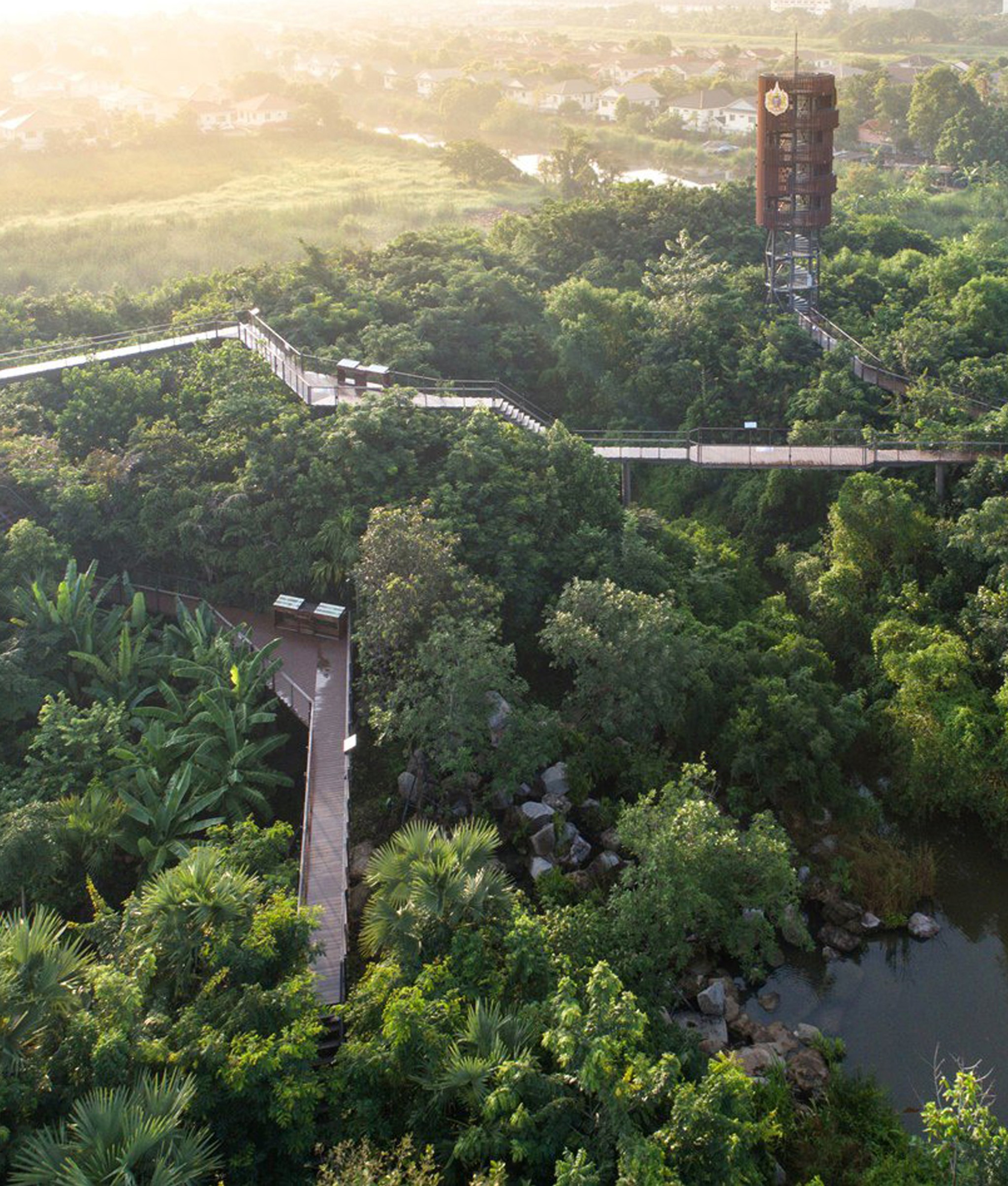Why Do We Need Plant Diversity?

Diversity of native species can be one of the solutions to help adaptation to climate change.
It’s an often asked question: should we be planting different non native species to help nature to adapt to the increasingly alarming effects and stresses of climate change?
For us the answer is simpler and lies within nature: how does it adapt to change?

The key aspect is diversity, as diversity allows constant evolution and adaptability. When planting, we should use a large diverse mix of native species, as nature does (this is what we try to copy with the Miyawaki method and micro forest creation).
In the case of trees, this allows the forest ecosystem the options and tools to self regulate and maintain health. If one or two species do fail due to the changing environment, then the gaps are easily filled by the other species and the ecosystem is kept intact and biodiversity continues to flourish.
The danger lies in mono planting — where whole areas are at risk from a single problem or disease. The trees don't have any answers to find a solution.
A diverse mix of species grown from local seed will also contain a large and varied mix of genetic strains that can be increased through the heightened levels of cross pollination healthy forests offer. Once again, this offers options and adaptability.

Native species have also evolved together for thousands of years and formed complex, symbiotic, underground interplays via fungal networks that work together for the greater good.
If one species or tree struggles it will often be able to warn its neighbors who can release enzymes to try to counter the imminent threat. Trees will also pass carbon, water, and minerals between themselves and younger saplings to help healthy and rapid formation.
"Biodiversity and native species live hand in hand. Maximize the diversity of local species and we can offer refuge and a haven for continued biodiversity to flourish among change."
James Godfrey-Faussett, Lead Forest Maker at SUGi




